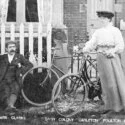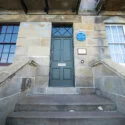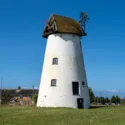Little Marton Mill is a prominent Grade II listed landmark located in Marton, Blackpool. This 19th-century English tower windmill, constructed in 1838 by John Hays, played a vital role in the local agricultural economy, primarily serving as a corn-grinding mill. For nearly a century, it was an essential part of the community, but it stopped working in September 1928. Blackpool Born Cornelius Bagot restored it, and in 1937 gave it to the Allen Clarke Memorial Fund as a memorial to the local teacher, writer and windmill enthusiast Allen Clarke.
The mill’s historical and architectural significance was formally recognised when it was designated as a Grade II listed building by Historic England. This designation protects the structure due to its historical importance and its value as a rare surviving example of a traditional English windmill in the region. The tower mill is characterised by its cylindrical brick structure, which was once topped with sails that harnessed wind power to grind grain, reflecting a bygone era when wind energy was a key resource in rural industry.
Little Marton Mill’s preservation as a listed building ensures that this unique piece of Blackpool’s heritage will continue to be safeguarded for future generations. Today, it stands as a reminder of the area’s agricultural past, offering visitors a glimpse into 19th-century rural life and the vital role windmills played in sustaining local communities. Its survival amidst the expansion of Blackpool into a modern seaside resort further enhances its cultural value, representing a link between the town’s rural history and its subsequent urban development.
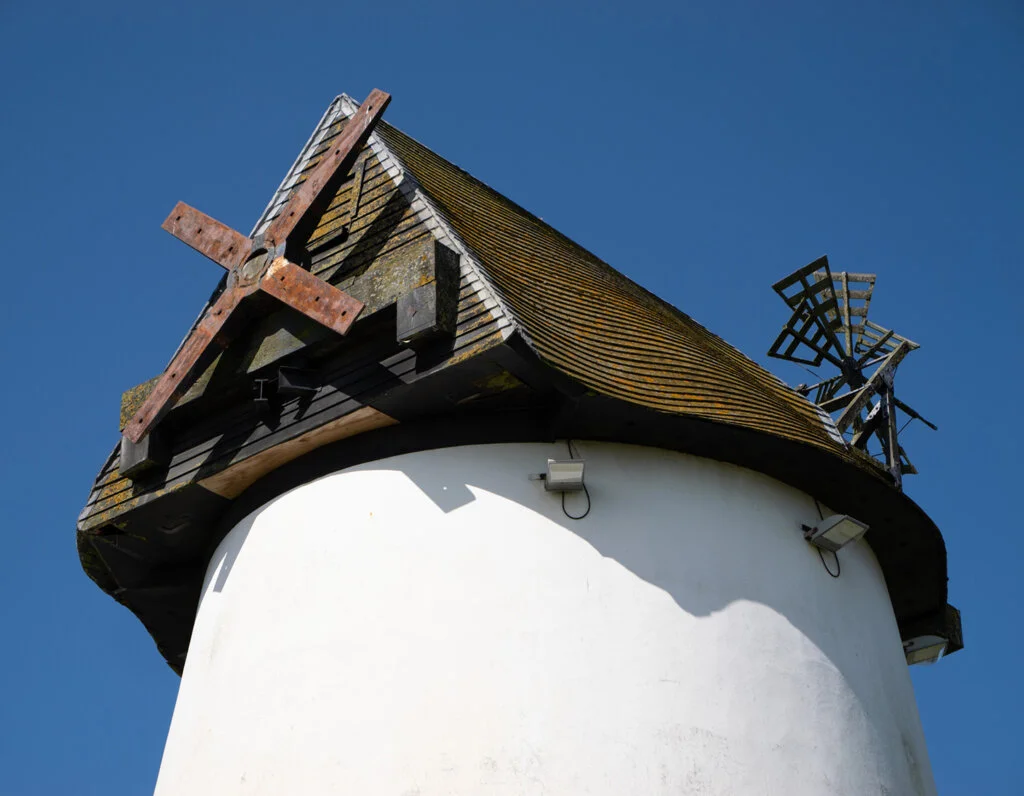
Close-up of the windmill’s top without its fantails.
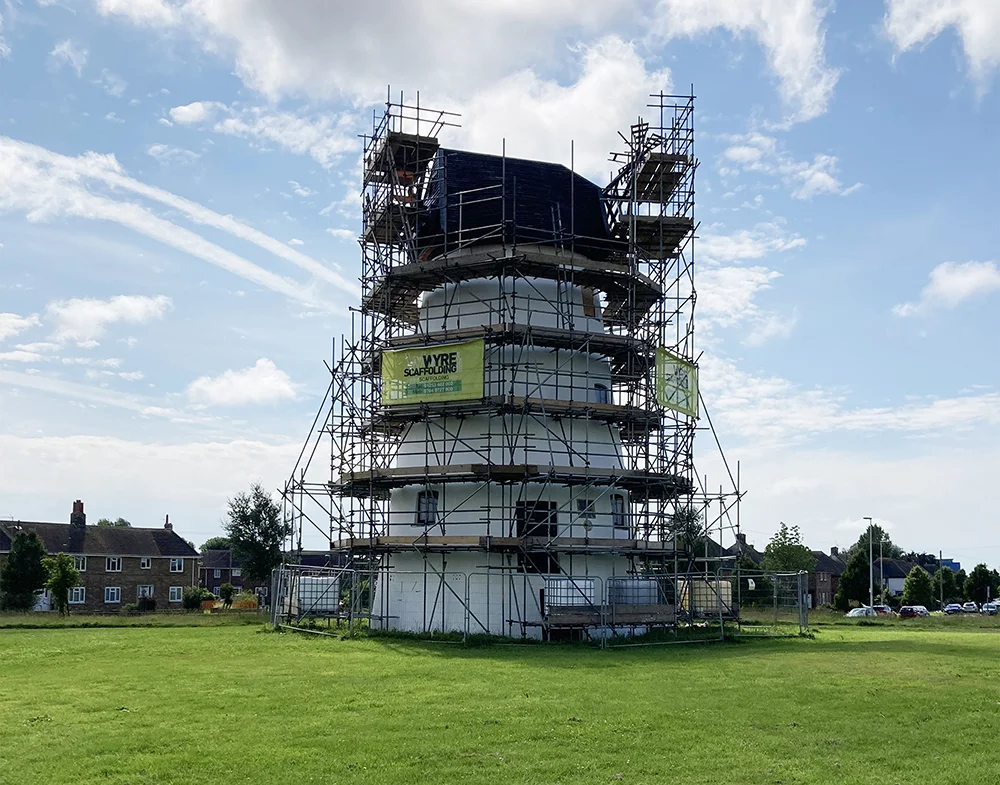
In 2025, the windmill has undergone some renovation work.
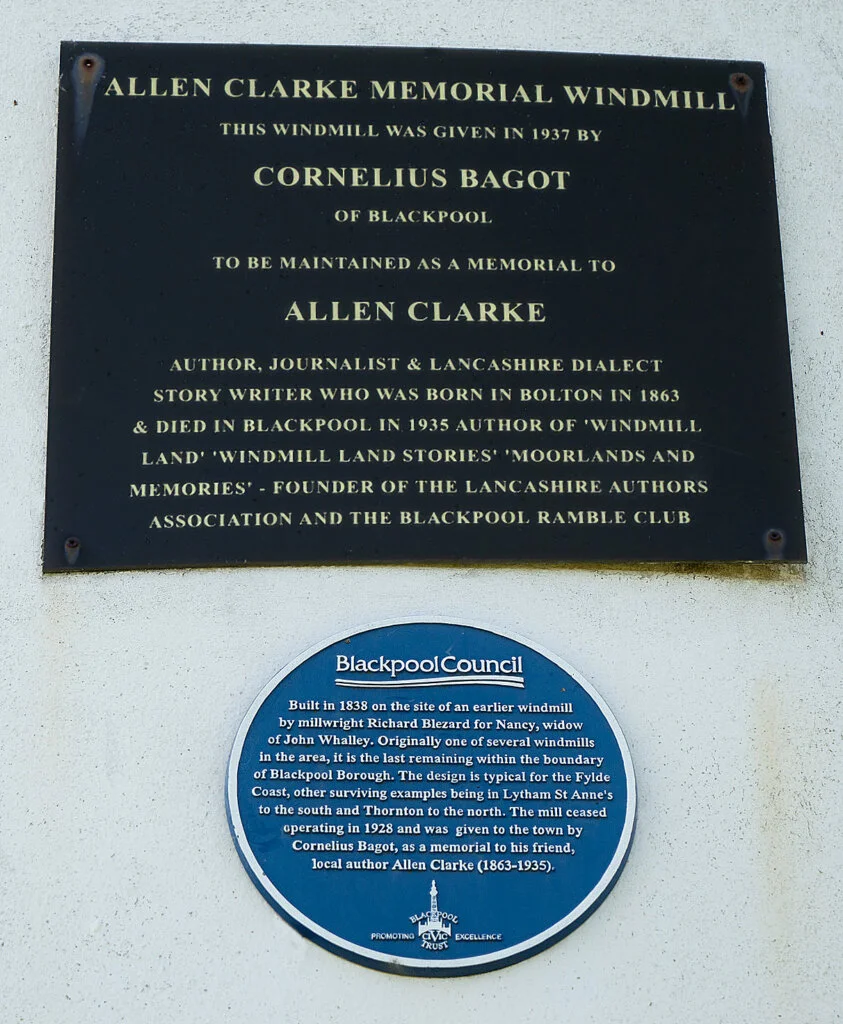
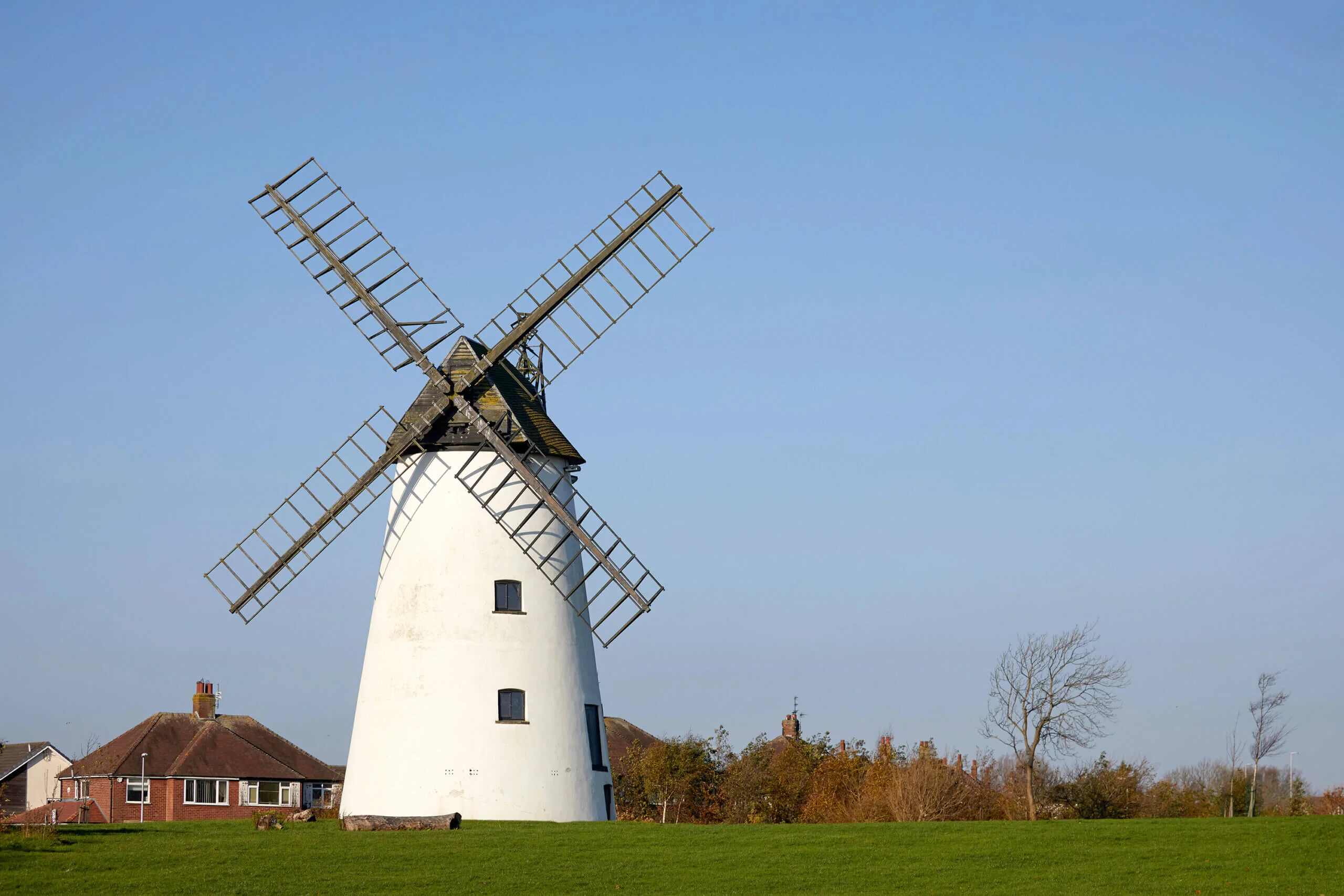
Grade II listed building landmark Little Marton Mill 19th-century English tower windmill in Marton, Blackpool. © Alamy
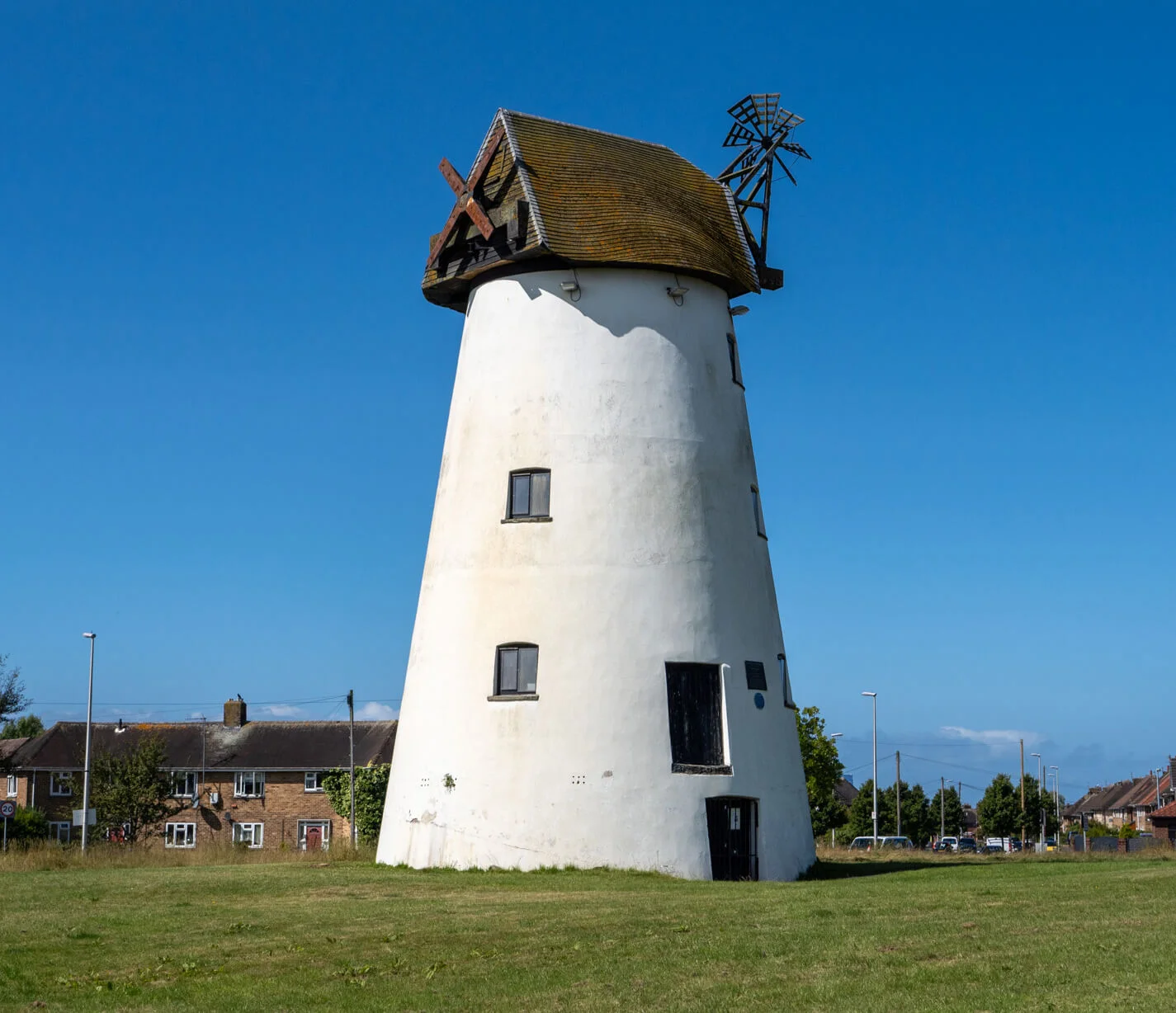
Featured Image © Deeper Blue Marketing & Design Ltd
Additional Images © Deeper Blue Marketing & Design Ltd
Background Image © Alamy











